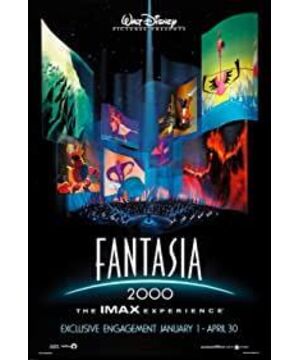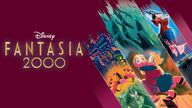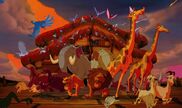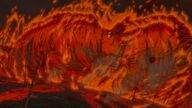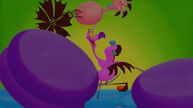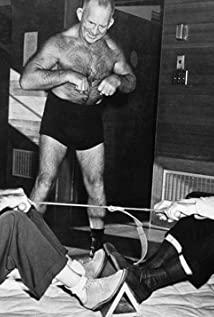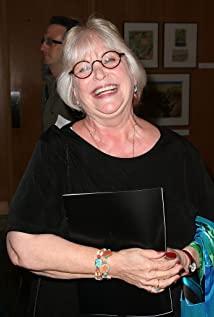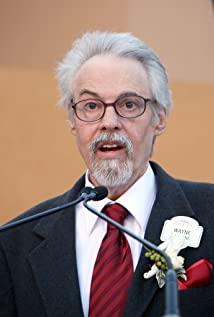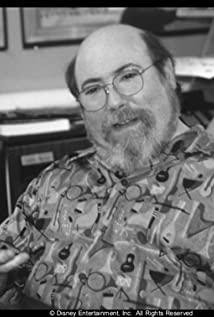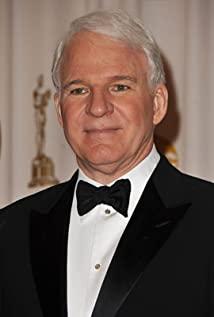In the film, the characters have no language, no detailed expressions, and they rely solely on physical behavior and music to set off their emotions, which is a very novel form. The artistic exaggeration is also one of the highlights. Such as the section depicting the subway. The subway ride is not bumpy, and there is a scene in the film of the bumpy subway passengers, their expressions are numb, after the subway arrives at the station, they shake up and down without stopping, squeezed out of the station, into the office building, and take the elevator. This paragraph is absurd, but there is no lack of beauty, and it accurately illustrates the problem-showing the busy, mechanized rhythm of the city. There are many such fragments in the film, shining wisdom.
The role of the rich man is the most ridiculous. We can see that he is always put together with animals for comparison, the most obvious is his wife's pet dog. The wife held her pet dog carefully, followed by the rich man with his head drooping. Who is the pet? Who is the husband? The audience can tell at a glance. The film depicts the rich man using a lot of symbolism. Among them, there is a monkey charmer who is passing by the street. The rich man walks by and returns quickly to face the little monkey. If he meets a friend, he dances with him. It is funny and sad-being pulled by a rope. The monkey symbolizes the manipulated, without freedom, and is the epitome of the rich man at this moment. In the fantasy triggered by witnessing skating, the rich man saw himself dancing freely on the ice, even flying up, flying to the sky, with a group of flying birds. This is another obvious and profound symbol-freedom. Three animals are used to symbolically express the status and yearning of the characters, which is very clever. In addition, the film inadvertently exposed many social phenomena, such as the harshness of the construction site leader, the police's bullying, hypocrisy, and so on.
"Fantasia 2000" is a musical animation film made by Disney to pay tribute to the masters. Its purpose is "the picture serves the music." However, when watching this film, it is hard to imagine that there is music before the picture. George Gershwin's "Rhapsody in Blue" is more like a film soundtrack. Simple and vivid drawings, imaginative colors, witty storytelling techniques... These, plus a complete plot, are enough to constitute an attractive animation blockbuster, but its function is defined as "serving music." You can see Disney's intentions. The jazz style of "Rhapsody in Blue" combined with such a satirical and modern animation, the sparks that burst out are self-evident. For example, when a little girl participates in various study classes, as the melody rises and the speed increases, the girl’s schedule also becomes popular. The exaggerated and humorous performances in different study classes and the performance of different kinds of musical instruments are seamless and wonderful. . In addition, when the four people were skating in their fantasy, the music was also exciting, which made the audience and listeners excited and even moved by the beauty of their dreams. Art should not only convey a certain form and technique, but also convey emotion. This is where the charm of art lies. In "Rhapsody in Blue", you can fully feel the charm of art: music and pictures have surpassed the original form, merged into one, and achieved emotional unity. Although they are not so elegant, they give people an extremely beautiful enjoyment.
The four protagonists were originally completely unconnected, and in the city, each had their own misery. At the end, it was arranged to be integrated. As mentioned above, when the four people inadvertently saw the beautiful and comfortable skating at the same time, they opened their own imaginations. The construction workers imagined that they had become an incredible drummer and were unemployed. The reader got a wonderful time card, the girl spent a relaxing and warm time with her parents, and the rich man was free. These are just illusions. However, things have changed a lot from this. Dramatically, each of them immediately realized their dreams. This arrangement is unavoidable. Therefore, I think this ending is rich in romanticism, more like a continuation of their respective fantasy, rather than reality, echoing the title of "Rhapsody in Blue".
I think another reason why the ending is not like reality is also one of the themes that this movie wants to convey, that is, reflection on city life. If you look closely at these four characters, you will find that rich people are not as good as dogs-lack of humanitarianism; construction workers are hesitating-giving up the pursuit of dreams in order to make a living; and little girls and the unemployed are even more obvious. , Respectively represent extremely fierce competition and economic depression. These are the ills of modern life, and not the persecution it brings to people. Is the developed one completely good? The seemingly relaxed film raises such a serious question for people to think about. If resonating with the audience is the success of a movie, then "Rhapsody in Blue" is excellent. For example, as a student, I can find my shadow in a girl. Going back to the question just now, can these four characters really realize their dreams? You know how difficult it is to chase your dreams and enjoy a relaxed life in this city. Things will never end. The little things in the big city are not only the four of them, but also yours and mine. They are the little things that disturb everyone in the city. (February 2007)
View more about Fantasia 2000 reviews


